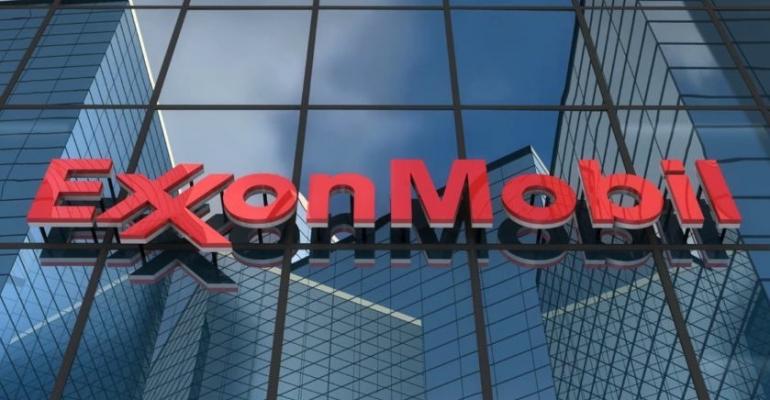The current bunker fuel sulphur content capped at 3.5% for ocean-going vessels will need to be reduced to 0.5% from 1 January 2020 under IMO’s Marpol Annex VI global regulation.
“We will be ready with the products and point of sales by the third quarter of 2019. That’s when we expect marine customers will start to bunker as the deadline of 1 January 2020 approaches,” Luca Volta, marine fuels venture manager at ExxonMobil, was quoted saying.
Volta added that ExxonMobil sees the impending low sulphur environment as an emerging opportunity and not an operational problem.
ExxonMobil has been preparing for the low sulphur business landscape since 2015. “Logically we can deploy an effective supply chain where ports are in proximity of our manufacturing assets. This is where we are focusing our first wave of IMO 2020 compliant fuels,” Volta said.
ExxonMobil has named the ports of Antwerp, Rotterdam, Genoa, Marseilles, Singapore, Laem Chabang and Hong Kong, where compliant fuels would be available, with locations in North America to follow. Singapore is highlighted as the obvious choice to get the drive going.
“Singapore is the largest bunkering fuel market in the world, and from ExxonMobil’s standpoint we also have one of our largest manufacturing facility there [Jurong]. Capacity expansion at the site means we are also going increase our capability to produce marine gasoil and fuels,” Volta said.
He stressed that ExxonMobil wants to be at the forefront of a competitive and changing marine fuels environment.
“That means aspiring for the widest possible IMO 2020 compliant fuels provision. The top 10 global ports account for 50% of bunkering fuels, and the next 10 account for a mere 5%, followed by a plethora of other ports,” he was reported saying.
“It will be challenging for all of them to adapt; but all the top 10 ports will have product available. ExxonMobil wants to be a significant player in this post IMO 2020 marine bunker and fuel market, and we are digging deep to make it happen.”
Read more: IMO 2020 - BP unveils supply locations for 0.5% marine fuels
There will, undoubtedly, be operational challenges as the global fleet make the switch to low sulphur fuels.
“Marine fuels do have some latitude over say ground transportation and aviation fuels. While both transportation and aviation fuels have several stringent parameters, in the case of shipping fuels two keenly regulated aspects are sulfur and flash, where we worked with the industry to make it happen on combustion and compatibility properties,” Volta said.
While the use of 0.5% sulphur fuels is the direct solution to meet the IMO regulation, Volta noted that there is also the camp that has opted to use scrubbers so as to continue burning 3.5% sulphur fuels.
Volta said ExxonMobil will work with shipping customers opting to use scrubbers, but he also noted that the number of ships using scrubbers is still relatively small.
“The latest market projections point to a couple of thousand scrubbers by 2020. Let’s say these projections miss the mark by 100% and that there will be 4,000 ships fitted with scrubbers,” he said.
“What is a figure of 4,000 ships in a global context with 55,000 ships moving about the world’s shipping lanes? Many VLCCs and large ore carriers are indeed fitting scrubbers and such customers matter, but we are still talking less than 10% of a potential serviceable customer base.
“Today bunker consumption is around 5 million barrels per day (bpd) and we see that increasing to more than 8 million bpd by 2040. Notionally, when we look at the fuel mix – 10% will be LNG, 30% will be distillate fuel oil, and the remainder will be residual in nature from high to low sulphur. We are heading to the ‘0.50 world’ and not sitting back.”
Read more: IMO 2020 - Majority of smaller bunkering ports won't have compliant fuel
Copyright © 2024. All rights reserved. Seatrade, a trading name of Informa Markets (UK) Limited. Add Seatrade Maritime News to your Google News feed.


